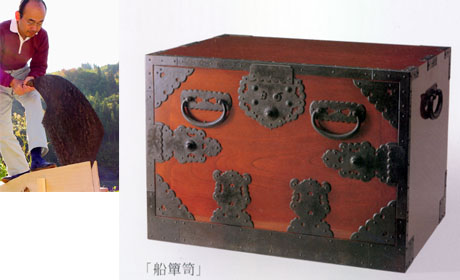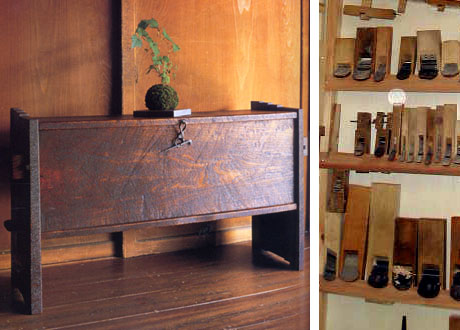
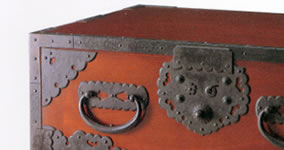 |
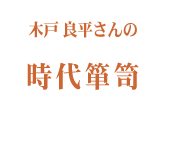 |
|
Before Ryohei Kido was a traditional furniture maker, he was a newspaper journalist. The reason he came to abandon the security of a salaried employee's life and become an artisan began with a fascination for the traditional performing arts of Iwate Prefecture. It was these that drew him to give up his first job so he could live in Iwate close to the music he loved. He now plays flute for the traditional festival dances using instruments he made himself from thin bamboo.
|
|
One of the more interesting tansu ever to be made in Japan was the funa-dansu (ship chest) which was in fact an early type of safe. Funa-dansu were frequently used to transport large amounts of money on the kitamae-bune ships, which plied the seas carrying goods from one part of Japan to the other. The boxes had to be strong and they had to be made so that only the owner could gain access. Moreover the inner compartment needed to be watertight to keep the contents safe should the ship sink. For this reason the inner compartments were always made from paulownia, while the outsides were of beautifully grained zelkova. A funa-dansu is typically further encased in intricately detailed metal fittings, which not only add strength but beauty. |
 |
|
|
Kido is quite happy to show me the tricks mechanisms employed in the funa-dansu locks and compartments. First he uses the keys and concealed pulls to empty the box of all its drawers. He then challenges me to find more hidden places. I stick my head inside the box but there is not a crack or a seam that I can see which could conceivably act as an opening for any more compartments. Unbelievably, Kido triumphantly opens two more compartments, amazing me with the cleverness and technical precision of his work.
If Only There Were More Hours In a Day It is not an easy matter to achieve the level of finish Kido requires of himself - especially since he is single-handedly performs the tasks of at least four separate specialized craftsmen - saw miller, cabinetmaker, lacquerer and forger. He dries the timber, rough hews it, measures and cuts it to length, shaves it smooth, puts it together, coats it with lacquer many times, and forges the metal pieces all by himself. One would think that when the pressure was on to complete a piece of furniture for an order that he would consider cutting a few corners. But there in Kido's workshop in large letters so he will never forget are the words DO NOT CUT CORNERS!
|
||
|
Most of today's generation of Japanese has grown up sitting on chairs at tables and I would guess that many are not able to sit on the floor on their knees in the formal style for long. Mr Kido has created a light and attractive stool for sitting formally on the floor. It is made up of three parts which you can be put together easily and is carried around discreetly in a handmade drawstring bag. Four different heights are available. This stool is very good for long funerals at temples or for when one is invited to a tea ceremony or a meal at a traditional tatami-floor restaurant.
|
 |
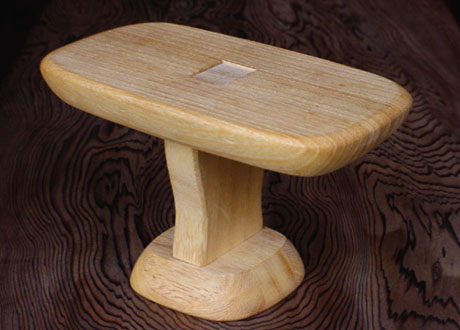
Mr Kido's stools almost looks too delicate to carry a person's full weight, but he has not received any complaints of collapses yet! We have chosen this product of Mr Kido's to introduce in our “Shopping” page.
